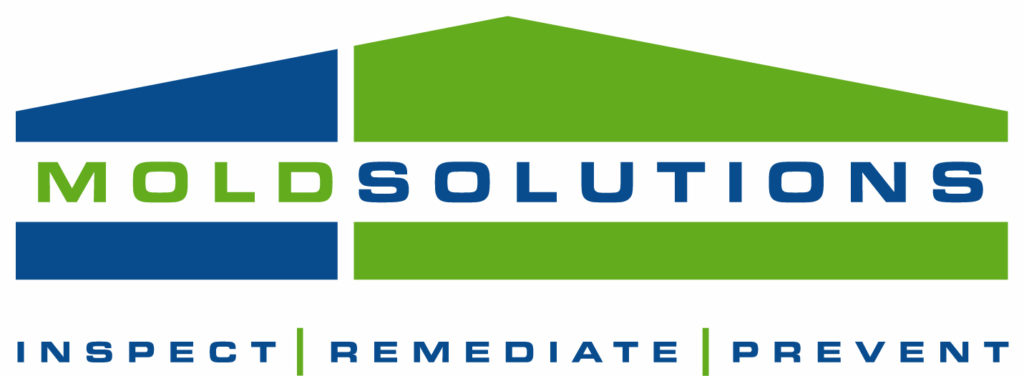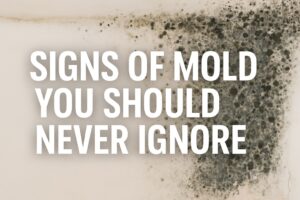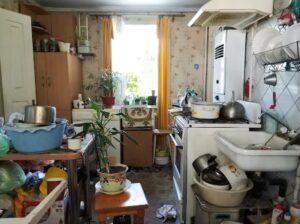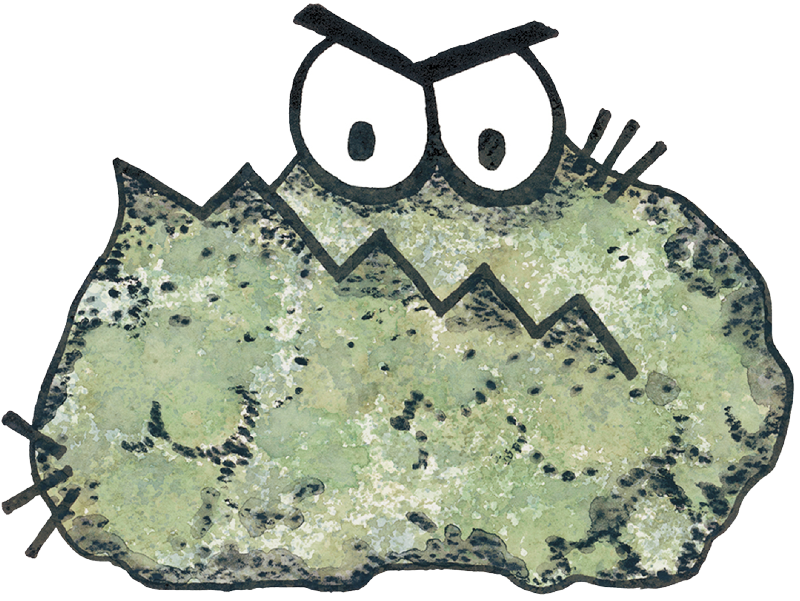When you spot a mysterious patch of fuzzy or discolored growth in your home, it’s easy to wonder: Is that mold or mildew? While both are types of fungi that thrive in damp environments, knowing the difference between mold and mildew can make a big impact when it comes to cleanup, prevention, and protecting your health. Let’s break down the differences between mold vs. mildew —and what to do if you find either in your home.
What Is Mildew?
Mildew is a type of surface fungus that typically appears as a gray, white, or light brown powdery substance. You’ll most often find it on damp surfaces like shower walls, bathroom tiles, and window sills.
Key characteristics of mildew:
- Grows flat on surfaces
- Usually gray, white, or yellow in color
- Often smells musty
- Easier to clean than mold
Mildew is generally less harmful than mold but can still cause respiratory irritation, especially for individuals with allergies or asthma.
What Is Mold?
Mold is usually darker—black, green, or even blue in color—and can penetrate beneath surfaces. It grows in places with excessive moisture, like basements, crawlspaces, behind drywall, or in areas with water damage.
Key characteristics of mold:
- Can appear fuzzy or slimy
- Often black, green, or dark brown
- Can grow under surfaces and spread quickly
- More hazardous to health than mildew
Mold exposure can cause more serious health effects, including coughing, sinus issues, fatigue, headaches, and in severe cases, more chronic respiratory problems.
Why the Difference Matters
Understanding the difference between mold and mildew isn’t just about appearance—it’s about health, home value, and the urgency of remediation.
Mildew can usually be wiped away with a household cleaner and some elbow grease. Mold, however, often requires professional remediation to ensure that the problem is fully resolved and doesn’t come back.
How to Tell the Difference at a Glance
| Feature | Mildew | Mold |
|---|---|---|
| Appearance | Powdery, flat | Fuzzy or slimy, irregular |
| Color | White, gray, yellow | Black, green, blue, brown |
| Location | Surface areas in moist rooms | Beneath surfaces, water-damaged areas |
| Odor | Musty | Stronger, pungent |
| Health Risks | Mild allergic reactions | More severe respiratory issues |
What to Do If You Spot Either
If you find mildew, clean it up quickly with an antimicrobial cleaner and increase ventilation in the area.
If you suspect mold, especially if it’s black or has spread, don’t attempt to remove it yourself. Professional mold remediation is the safest and most effective option to ensure it’s completely removed and won’t return.
Protect Your Home with Expert Help
At Mold Solutions, we help homeowners uncover, treat, and prevent mold with our 7-step process backed by a 10-year warranty. Whether it’s mold or mildew, we’ll help you get peace of mind—and a cleaner, healthier home.
Contact us today to schedule your inspection and take the first step toward a mold-free home.








